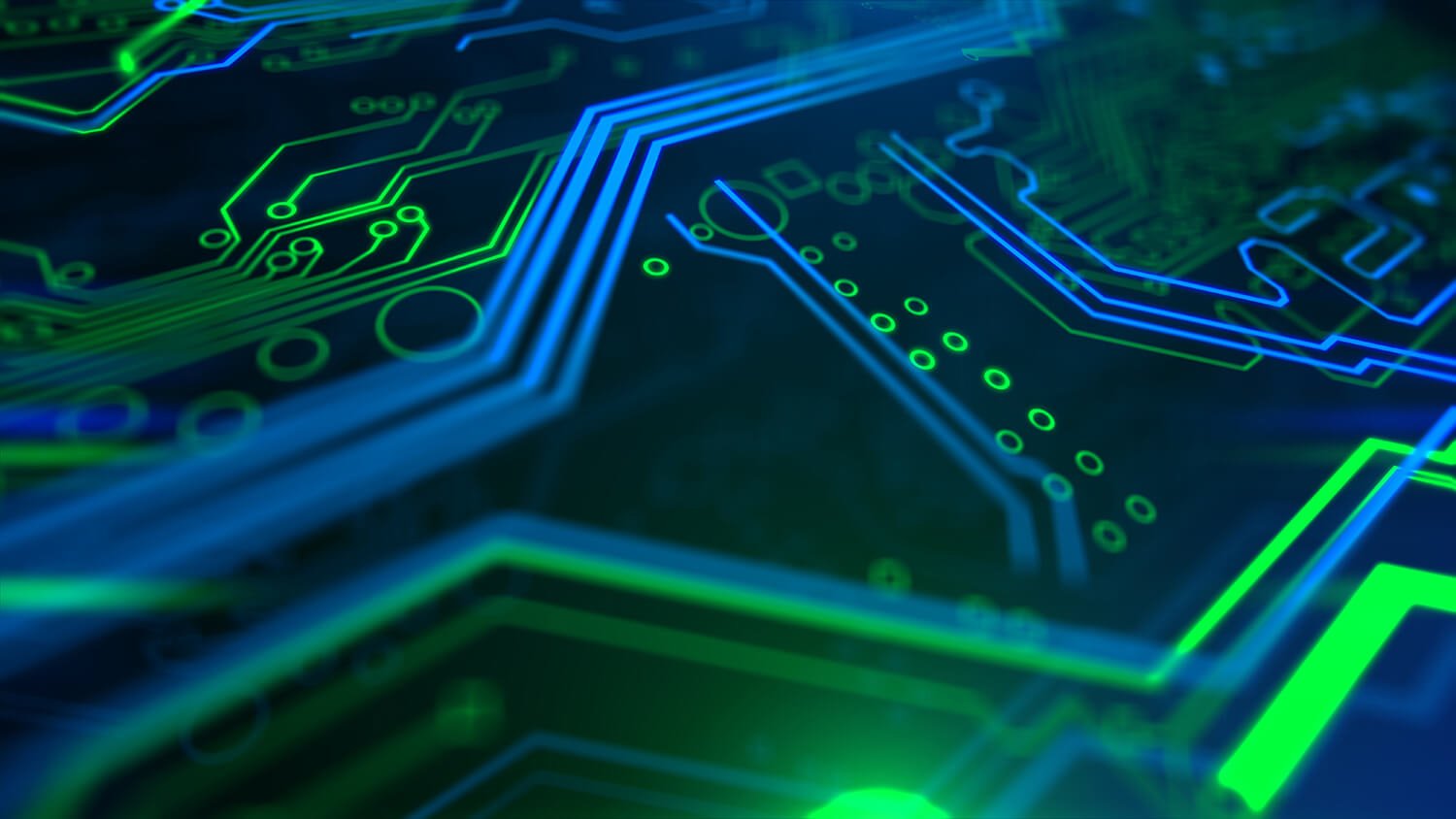PCB assembly is a precise and complex job. Over the years, boards have got smaller and smaller — meaning that where once they could be assembled by hand, now they require the help of machinery to place the microscopic components.
Automated pick and place equipment is used to set surface mount components onto PCBs. In order to do this, the machines need to know the exact coordinates or position of each component that will be assembled on the PCB.
Pick and place machines can be programmed manually, but this can take a long time for complicated boards and lead to errors. To assist with the programming of these machines, an XY data file is required.
Firstly, what is it?
Using a file to programme the pick and place equipment will help save time and improve accuracy. As well as XY data, the file can also be known as:
- a centroid file;
- a pick and place file;
- or an SMT placement file.
During the PCB design process, design software has different outputs — one example being Gerber data which also contains the XY data. Gerber data describes the printed circuit board images: copper layers, solder mask, drill data and so on. The XY data file is then basically a list of all the components on the design and their respective x-y coordinates and rotation.
Most PCB design software can extract the component location and orientation directly from the board layout file to make the centroid file. These files are critical to the surface mount pick and place process for two primary reasons: quality and efficiency.
Let’s focus on quality first
Having a file allows a manufacturer to import the data without having to manually enter the information — which could easily result in a mistake. A simple human error typo could mean components being fitted in the wrong position. Additionally, the import data will also cover off any issues regarding the orientation of devices.
What’s more, silkscreens contained within the Gerber data are not always as clear as a manufacturer would like them to be — or in some cases, not even present. With silkscreens normally being of a square print, it can make the numbers zero, six, eight and nine all look very similar if it is not 100% clear.
In some instances, silkscreens are not always correct either, with references swapped over or in the wrong place. XY data files are much more accurate.
Now for efficiency…
Manually entering all the data takes time. So, not having a file to import means adding engineering processing time before a job is released to production — thus causing delays and pressure on final delivery dates.
Plus, if there are any discrepancies with an assembly due to silkscreen errors, the manufacturer will have to seek clarification on any queries. As timely responses are not always received, the outcome is a potential delay to the release of any kit to production.
The ideal file would be in the form of a ‘.CSV’ file and would contain every location, even those that are not fitted. As standard, there would be four columns: reference, X centroid, Y centroid and side of PCB.
Continuous quality
Quality, efficiency and on-time delivery are all high on our list of priorities at EMS — which is why we implement numerous checks throughout our PCB assembly process to capture any missing data and request it promptly where necessary.
We also hold regular New Product Introduction meetings to ensure we are continuously improving our manufacturing standards and procedures.
To find out more about our PCB assembly services, please get in touch with our friendly team today on +44 (0)1635 588870 or at sales@emsolutions.uk.com.












